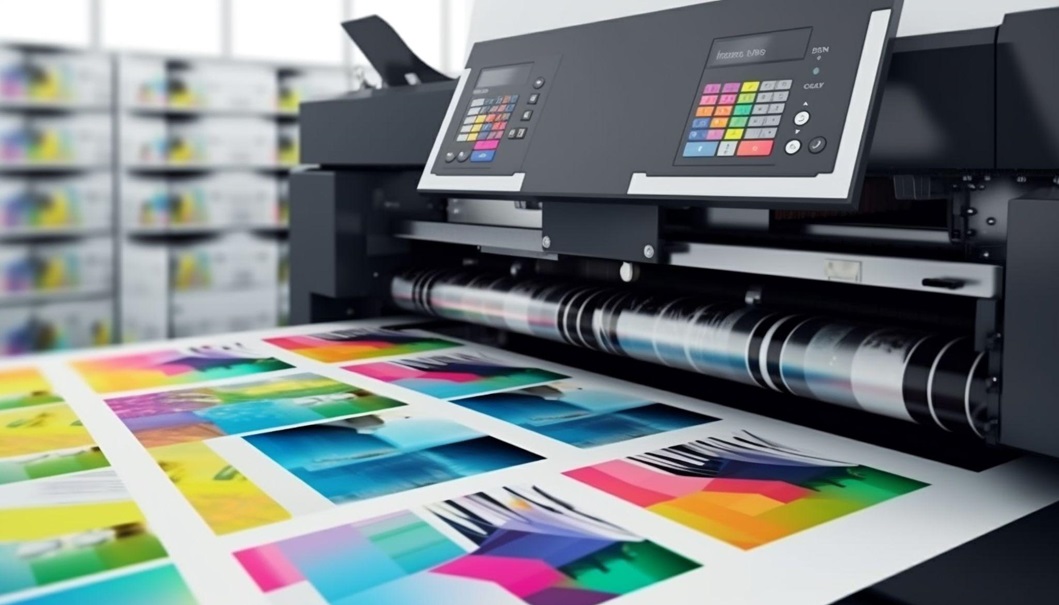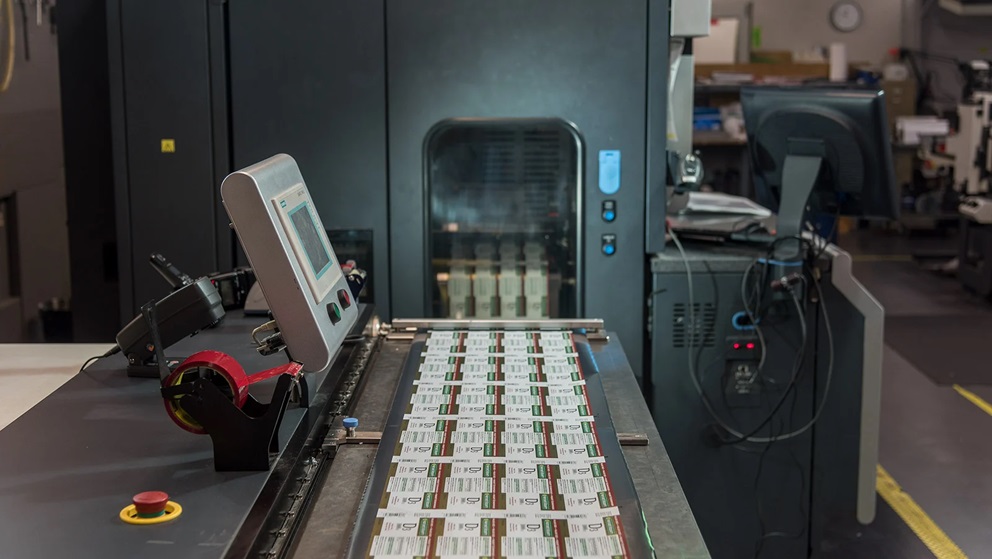Environmental Considerations of Variable Data Printing
 Image Source
Image Source
Variable Data Printing (VDP) has revolutionized personalized marketing, allowing businesses to target individual consumers with high precision. However, like all printing processes, VDP has environmental implications, primarily due to paper usage, ink consumption, and energy expenditure.
This blog post explores the environmental impact of VDP and discusses sustainable practices to help mitigate these effects.
Understanding the Environmental Impact
Understanding the environmental impact of Variable Data Printing (VDP) involves examining how this technology affects natural resources and ecosystems through its lifecycle—from raw material sourcing to production, usage, and disposal. VDP, a form of digital printing technology, allows for the customization of documents as they are being printed, incorporating elements such as text, graphics, and images that can vary from one item to the next. While VDP offers significant marketing advantages through personalization, it also poses environmental challenges.
The environmental concerns associated with VDP include:
1. Paper Consumption- VDP often requires high volumes of paper, contributing to deforestation and habitat loss unless responsibly sourced.
- The inks used in printing can contain volatile organic compounds (VOCs) and heavy metals, posing hazards to air quality and human health.
- VDP processes, particularly digital printing, consume significant amounts of energy, contributing to carbon emissions if sourced from non-renewable energy.
- Misprints and setup runs can produce considerable waste, impacting landfill volumes and recycling processes.
 Image Source
Image Source
Sustainable Practices in Variable Data Printing
Adopting sustainable practices is crucial for reducing the environmental footprint of VDP. Here are some strategies:
1. Eco-Friendly Materials- Paper: Opt for recycled or certified sustainably sourced paper to reduce deforestation impact.
- Inks: Use soy-based or vegetable-based inks instead of petroleum-based inks to decrease VOC emissions.
- Invest in the latest printing technology that offers better energy efficiency and reduces waste during the printing process.
- Minimize waste by ensuring that data used for personalization is accurate, reducing the rate of misprints and unnecessary prints.
- Implement robust recycling programs to manage waste paper and ink cartridges effectively.
 Image Source
Image Source
Benefits of Sustainable VDP Practices
Implementing these practices not only helps mitigate environmental impact but also offers significant benefits:
- Cost Reduction: Efficient use of materials and technology can lead to lower operational costs.
- Brand Image: Commitment to sustainability can enhance brand reputation and appeal to eco-conscious consumers.
- Regulatory Compliance: Adhering to environmental regulations can avoid fines and facilitate smoother operations.
Case Study: Success with Sustainable VDP
A hypothetical example can illustrate the potential impact of sustainable practices in VDP:
- Company: EcoPrint Solutions
- Strategy: Implemented 100% recycled paper and soy-based inks for all VDP operations.
- Outcome: Reduced paper waste by 20%, decreased VOC emissions by 30%, and improved customer satisfaction scores by 15%.
 Image Source
Image Source
Pro Tips for Sustainable VDP
To effectively integrate sustainability into your VDP operations, consider the following tips:
- Regularly Review Suppliers: Ensure that your paper and ink suppliers follow sustainable practices and hold relevant certifications.
- Educate Your Team: Provide training on sustainable practices and the importance of precision in printing setups to minimize waste.
- Monitor Energy Usage: Regularly assess energy consumption and explore renewable energy sources for your printing facilities.
Conclusion
The environmental considerations of Variable Data Printing are significant, but with the right practices, their impact can be effectively managed. By adopting sustainable materials, optimizing printing processes, and focusing on waste management, Spectra businesses can not only contribute positively to the environment but also enhance their operational efficiency and brand perception. Engaging in these practices is not just beneficial for the planet but also for the long-term success and reputation of your business in a progressively eco-aware market.







